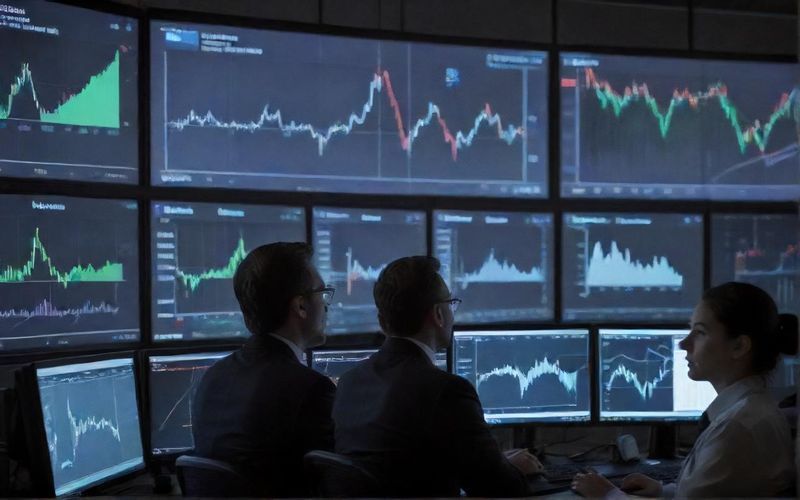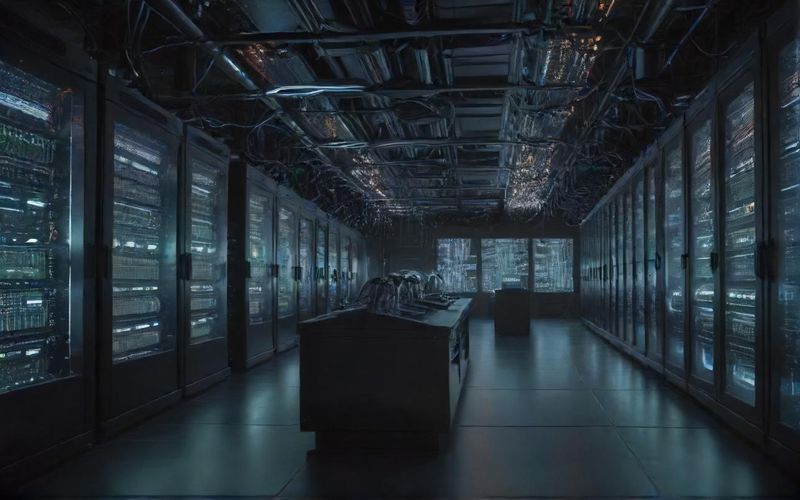OpenAI-AWS Deal: AI Power Grab or Bubble?

What's particularly striking about this agreement is OpenAI's clear strategy of diversification. For a significant period, Microsoft had been their primary, almost exclusive, cloud provider. This new pact with Amazon signals a deliberate effort to spread its reliance across major tech players. For a company reportedly gearing up for a potential $1 trillion initial public offering, this diversification isn't just about securing resources; it's a strategic play to demonstrate operational maturity and a degree of independence from any single partner. It’s a subtle but powerful message to the market: OpenAI is building a robust, multi-faceted foundation for its future.
The sheer scale of these AI infrastructure commitments, however, is prompting some important conversations. OpenAI's projected costs are staggering, potentially exceeding a trillion dollars by the end of the decade, while revenue, though growing, still lags far behind. This creates a delicate balancing act. The repeated multi-billion dollar deals with cloud providers and chipmakers, while necessary for innovation, inevitably fuel concerns about a potential AI market bubble and whether the current demand is truly sustainable or, as some might fear, an overestimation. It’s a scenario where the ambition to push the boundaries of AI innovation clashes with the stark realities of economic feasibility.
Adding another layer to this intricate ecosystem, Amazon is also simultaneously investing heavily in serving OpenAI's rival, Anthropic. By the end of 2025, AWS will be providing Anthropic with a million of its custom AI chips. This dual-pronged approach highlights the intense competition within the AI cloud services sector. Amazon is not just facilitating OpenAI's growth; it's also positioning itself to capture a significant share of the AI development market by supporting key players on all sides. This strategy of being a platform for innovation, even for competitors, is a testament to the expansive nature of cloud computing and Amazon's ambition to be at the center of it all.
The immediate market reaction, with Amazon's stock jumping and closing at a record high, clearly indicates investor confidence in these strategic moves. Yet, looking beyond the headline-grabbing tech giants, a more nuanced picture emerges. While big tech stocks surged, a significant portion of the broader market, represented by over 300 stocks in the S&P 500, actually ended the day lower. This disparity serves as a crucial reminder that the current market enthusiasm is heavily concentrated within a select few technology behemoths. It raises the question of whether the immense capital being poured into AI infrastructure is truly creating a universally beneficial technological boom, or if it's a powerful engine driving growth for a very specific segment of the economy.
As OpenAI and other AI pioneers continue their ambitious quests, fueled by unprecedented infrastructure investments, the coming years will be a fascinating test of innovation, economics, and market sustainability. Will these monumental deals lay the groundwork for a truly transformative AI future, or are we witnessing the early stages of an unsustainable spending spree?








